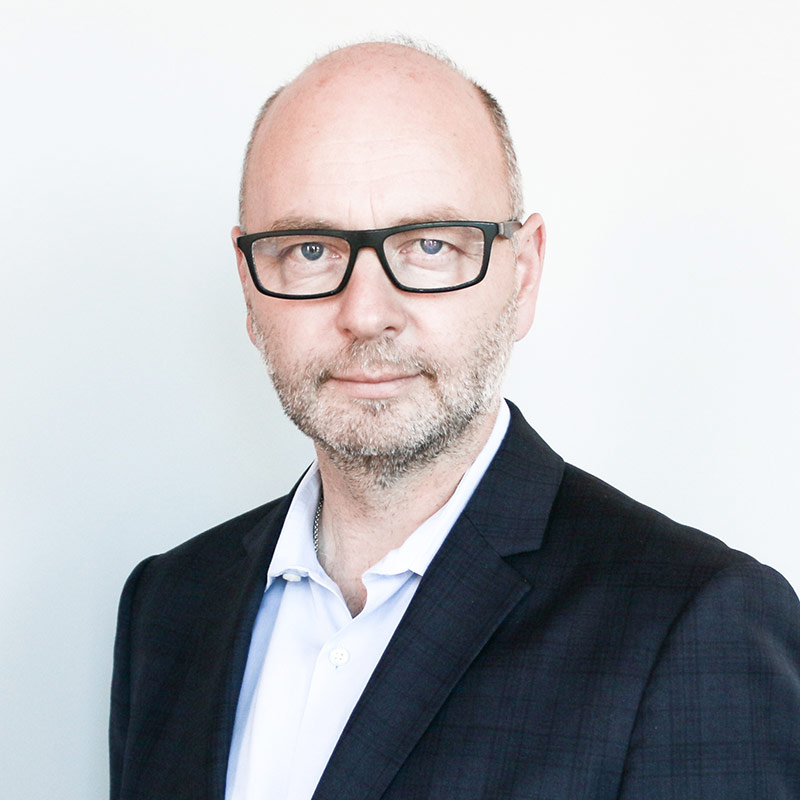Yom HaShoah: Time for Active Remembrance
At this time of remembrance, I hope I am incorrect in thinking that public awareness of the Shoah is eroding. Information about this act of atrocity is still proliferating, so unawareness clearly cannot be attributed to absent knowledge. There is, in fact, an incredible amount of knowledge … and a growing reluctance to understand it.
What we are seeing is an ignorance of convenience. It is difficult to face the harsh reality of the truth, of brutality and pain, and harsher still to face the questions that the Holocaust raises about our own moral compass. Through this difficulty, we have learned to contain the past with sufficient distance and detachment. We view it with some reverence but do not want it to impinge. We see this detachment manifested in many forms: seemingly innocuous historical inaccuracies, vague references to “victims of the Third Reich,” equivocations of perpetrator guilt for political expediency, and confusion over the extermination methods of the Final Solution, all of which obscures the victims’ Jewish identity. The Shoah grows increasingly vague, opaque, and, perhaps one day, forgotten.
There is no question that the Shoah was the highly coordinated genocide of the Jews wherever the Nazis exerted influence. There was only one stated aim — the complete eradication of Jews as a people and the erasure of their memory. It was an unthinkable act. There can be no doubt that it really happened. There is no room for instrumentalizing, trivializing, relativizing or comparing the Holocaust to other mass atrocities. Only once we fully know the events and intricacies of the Shoah can we start to understand it in the context of our wider world.
The desire to create distance from any mass trauma is only natural. It is seen in many places around the world—Cambodia, Hiroshima, Rwanda, Indonesia, China—where endangered communities can do little more than move on and forget their own pain, let alone take on the pain of others. And so we create memorials and hold ceremonies, often to forget more than to remember the past.
This detachment becomes more acute when eyewitnesses pass away. We would not have any firsthand accounts of the genocide in Armenia if it were not for the video recordings taken by J. Michael Hagopian and the audio recordings taken by Richard Hovannisian from survivors. These recordings demonstrate the urgent need to gather, study, and share survivor testimony. Time is not on our side, not if we wish to guarantee the long-term preservation of real memories in their every detail.
As the public mechanism to contain memory grows even stronger, so too must we renew our commitment to actively remember. Remembrance is not some passive impulse. It is an act of courage. To remember is to challenge ignorance, to adapt to new forums and to convey the truth. We remember in order to amplify the voices of the silent.
This effort to collect and share memories and voices is an act we can all participate in as a society. As far back as the late 1980s, the Jewish Family and Children’s Services of San Francisco carried out one of the very earliest collections of survivor testimonies. For many of the 1,200 survivors interviewed, this effort allowed them to tell their story for the first time. Holocaust education pioneer and survivor Tauba Weiss noted in her testimony her frustration with being unable to share her story, while emphasizing that she was “glad we have this in San Francisco … to remember what we went through.” For years, however, few avenues existed for JFCS to share these stories outside of the local community. Many feared that they would go unremembered.
In 2015, USC Shoah Foundation partnered with JFCS to preserve, index, archive, and publicize their remarkable collection by incorporating these testimonies in the Visual History Archive. Already, 87 percent of a once-endangered collection has been viewed in the VHA in its first year of public access. In addition to bringing us closer to the San Francisco Jewish community, we have learned from the stories they gathered. And so have the thousands of students exposed to IWitness activities based on JFCS testimonies.
At a time when forgetting and containing the past is easy, I would like to thank JFCS – and all initiatives dedicated to similar missions – for embodying the promise of active remembrance. Their stories fight back against the ignorance of convenience by speaking directly to us. They remind us, provoke us and help us find strength in their hard-fought hope.
Mira Shelub's JFCS testimony encapsulates the personal and universal resilience to which we should all aspire:
"Never say that it is too late. Never say that it is the last road. Never say that you cannot see the light at the end of the tunnel. Hopes, dreams, can come true, can materialize. We, young men and women, as partisans in the forest, fought a courageous battle against the enemy for better days and a better life.”
Holocaust survivor Mira Shelub shares a message of hope for future generations.
Like this article? Get our e-newsletter.
Be the first to learn about new articles and personal stories like the one you've just read.
